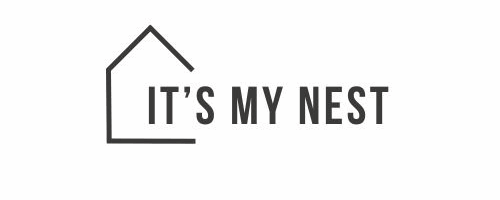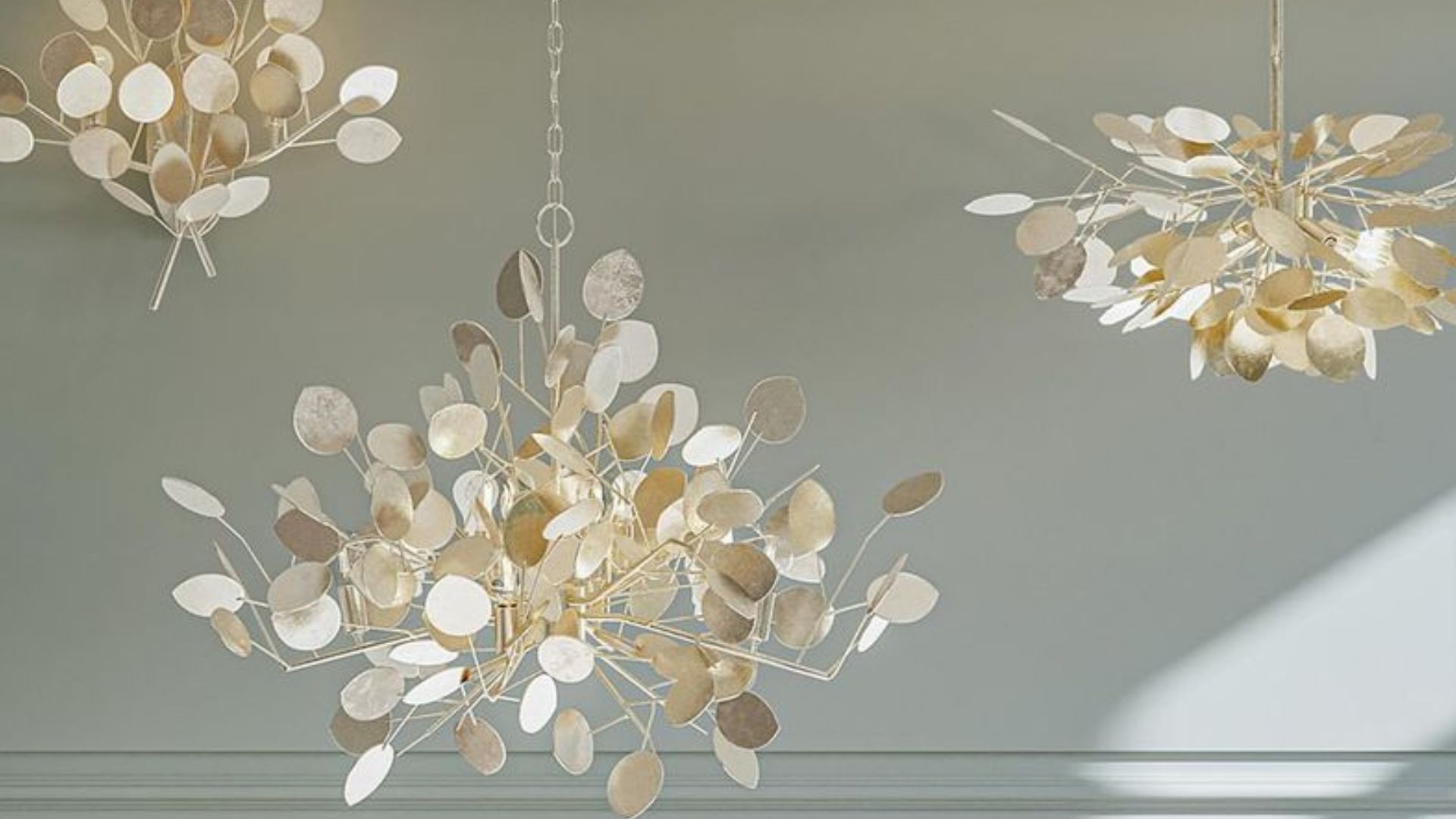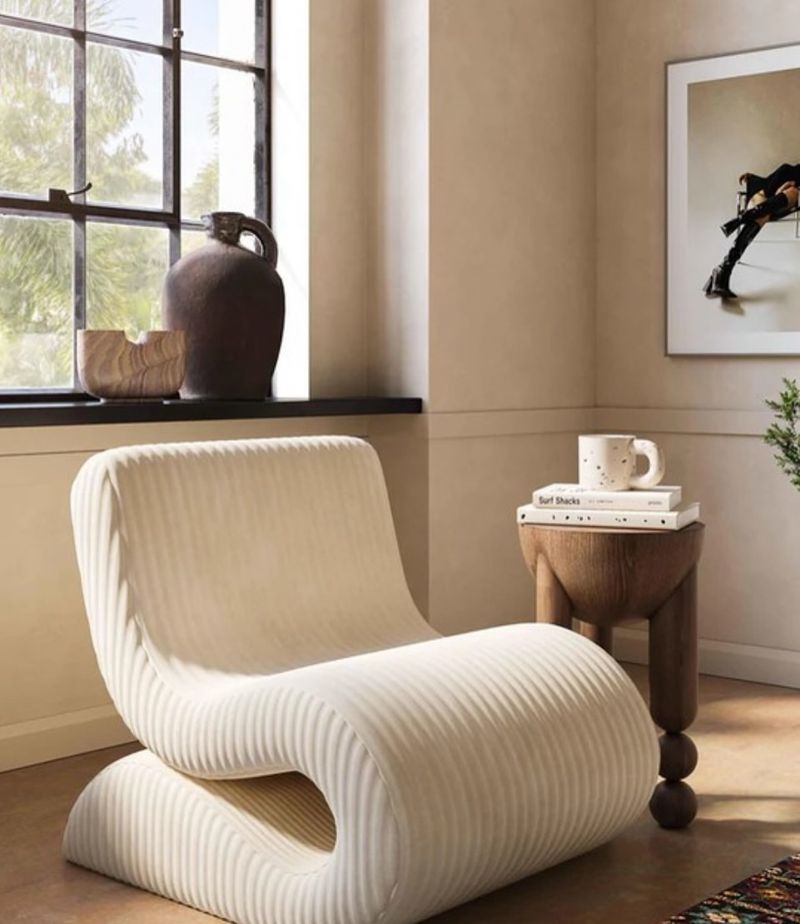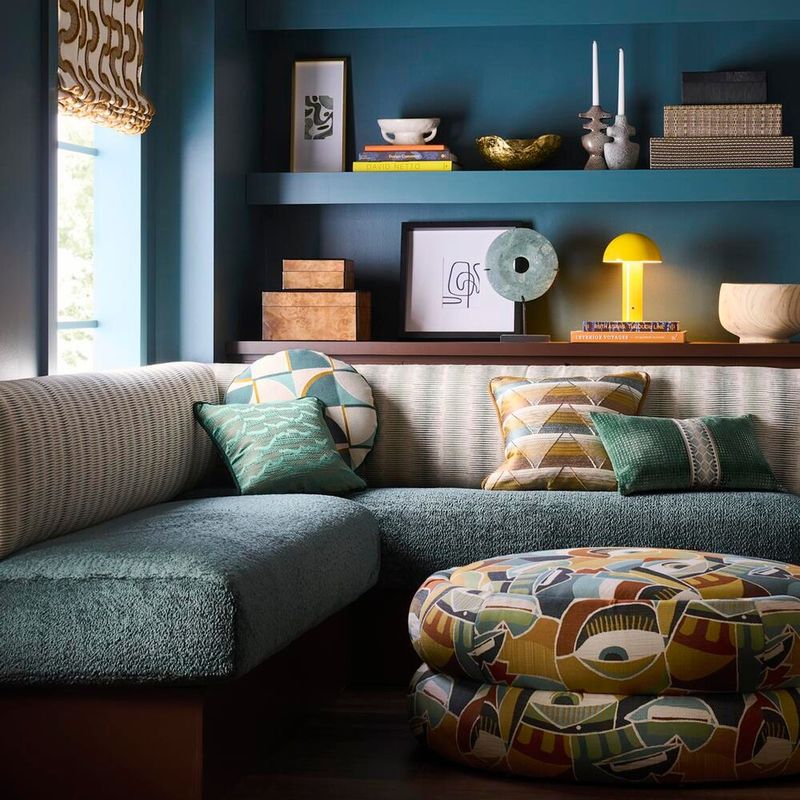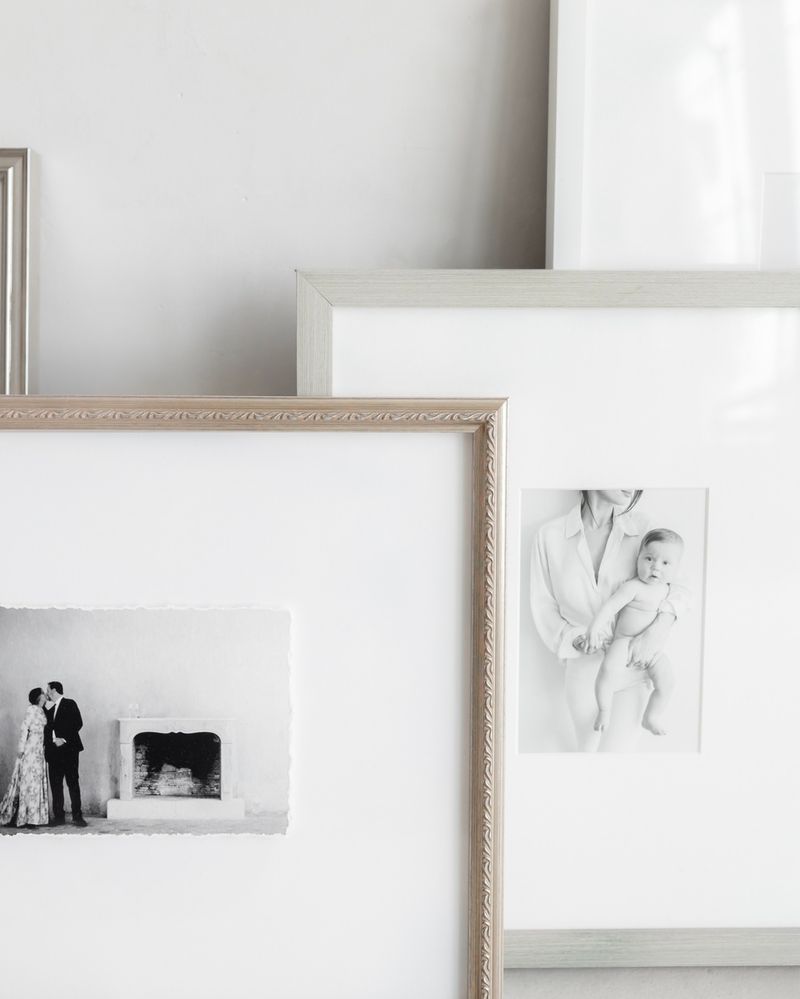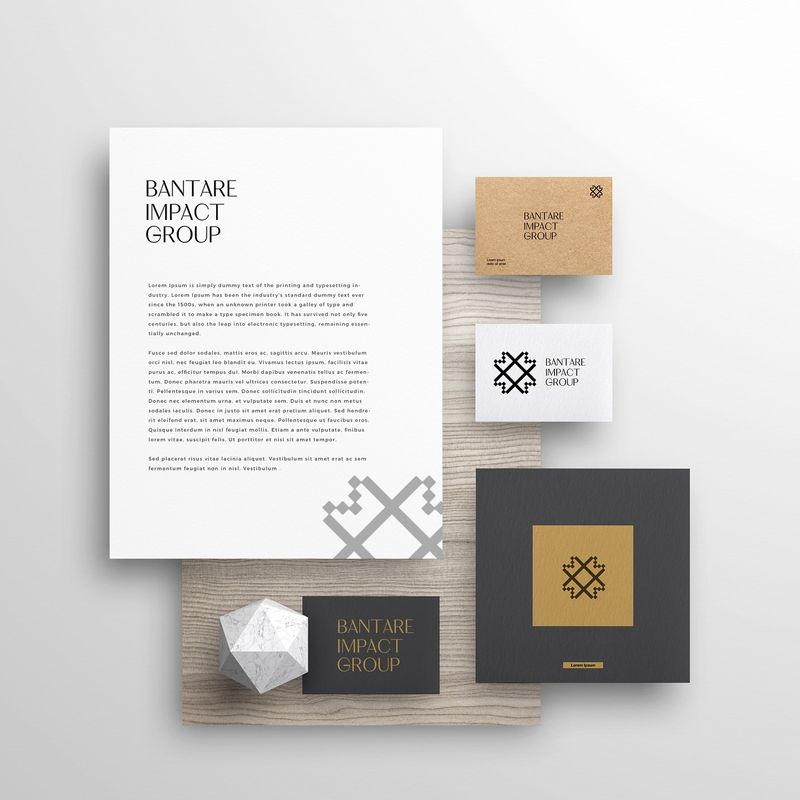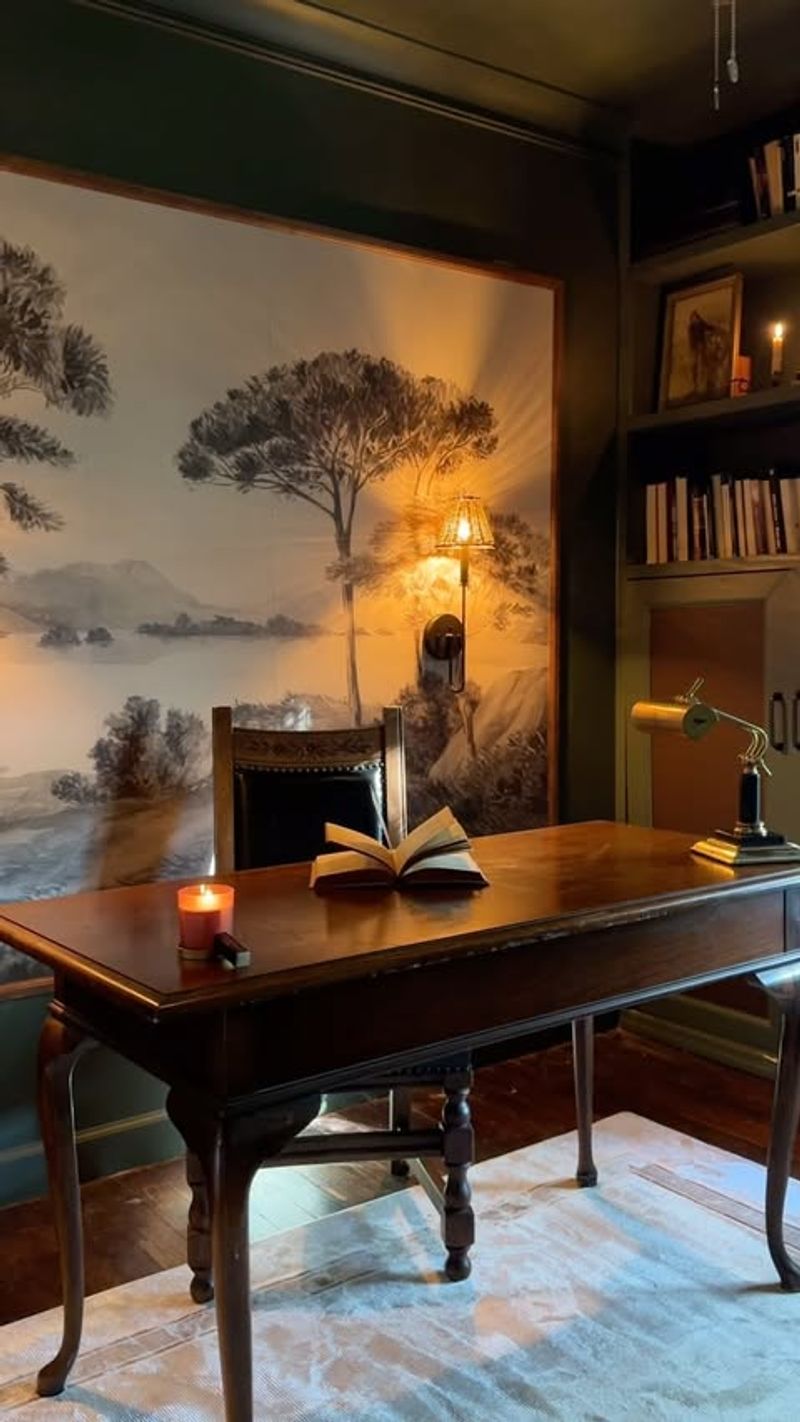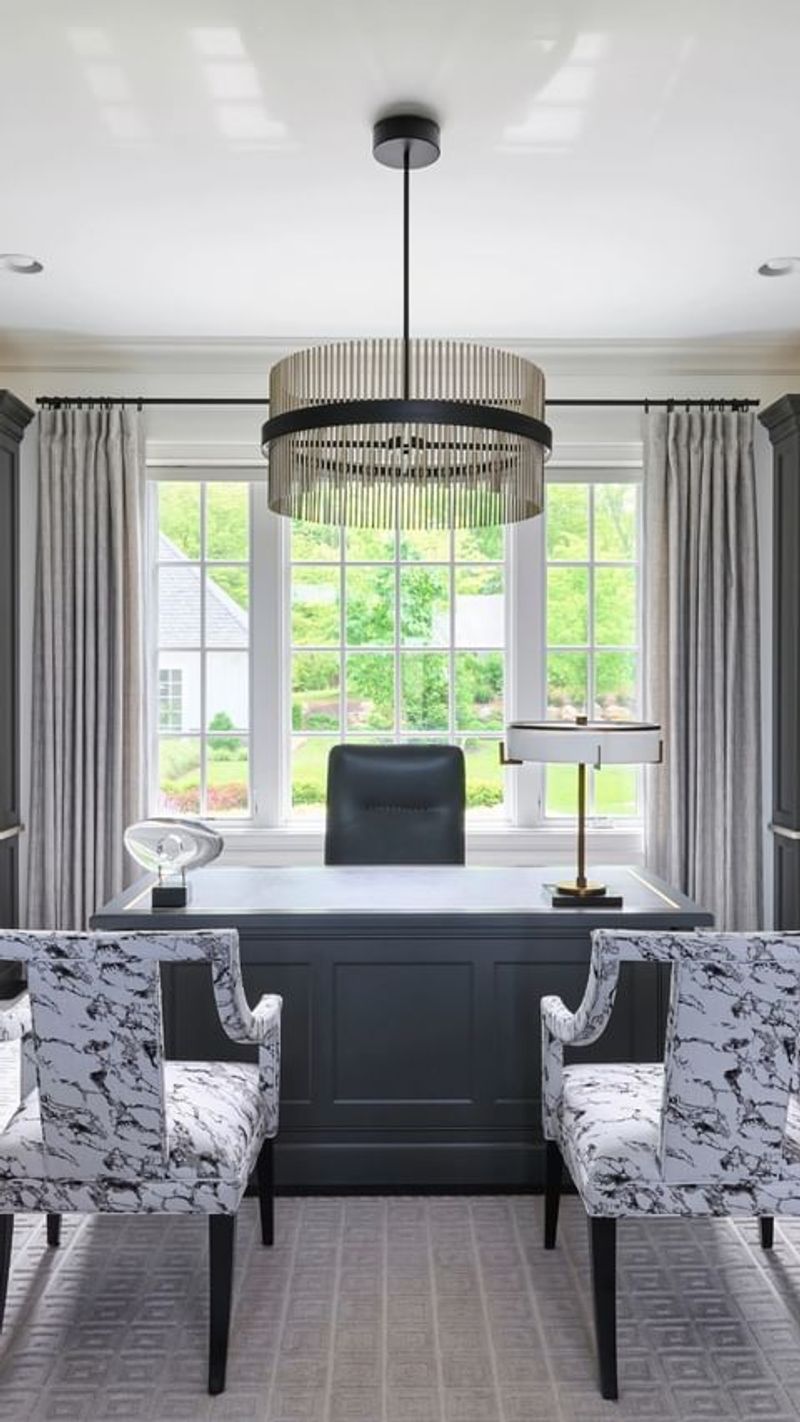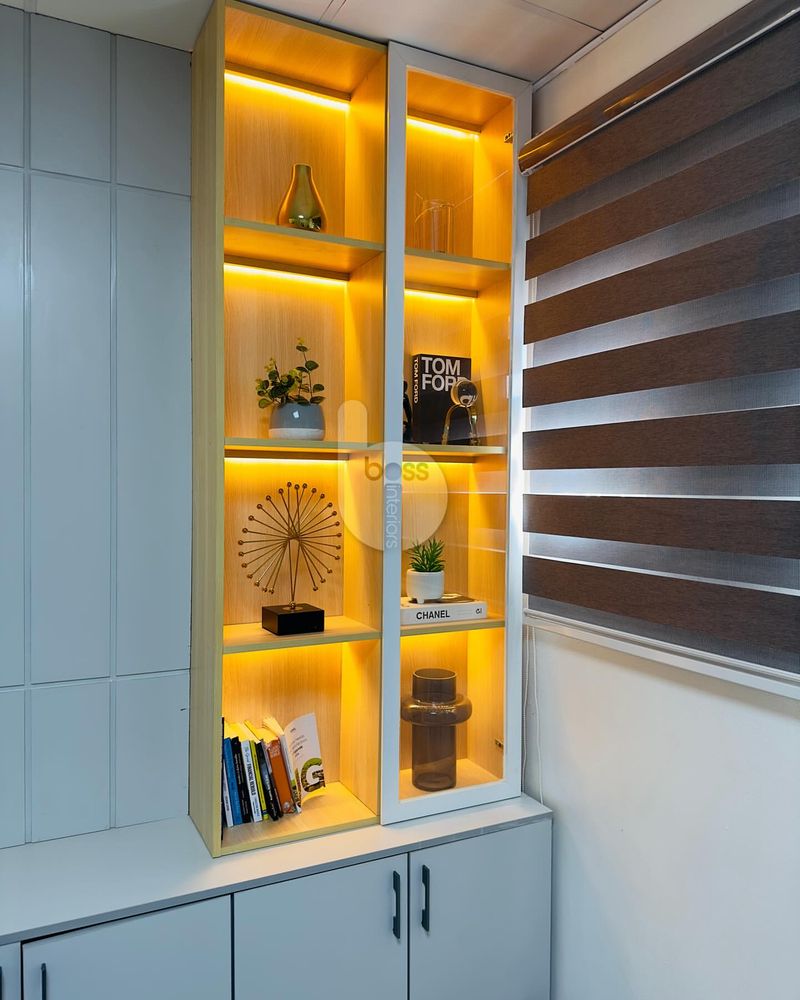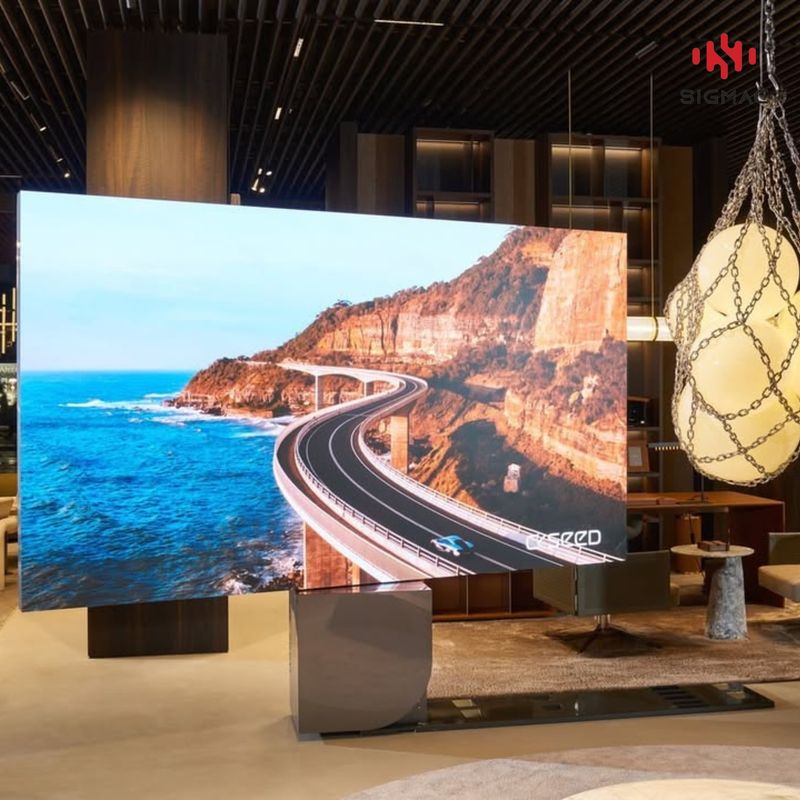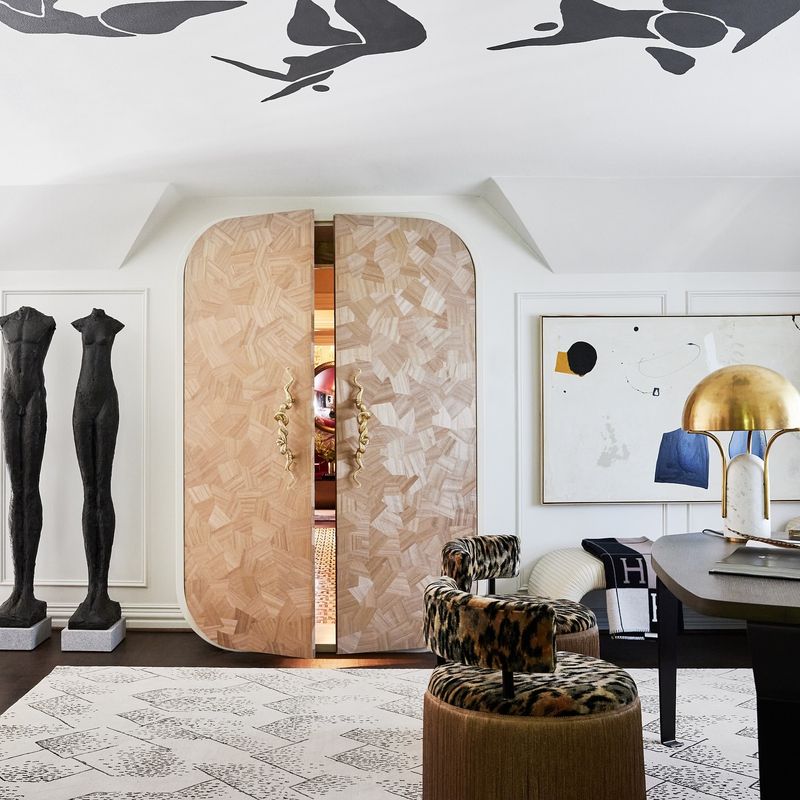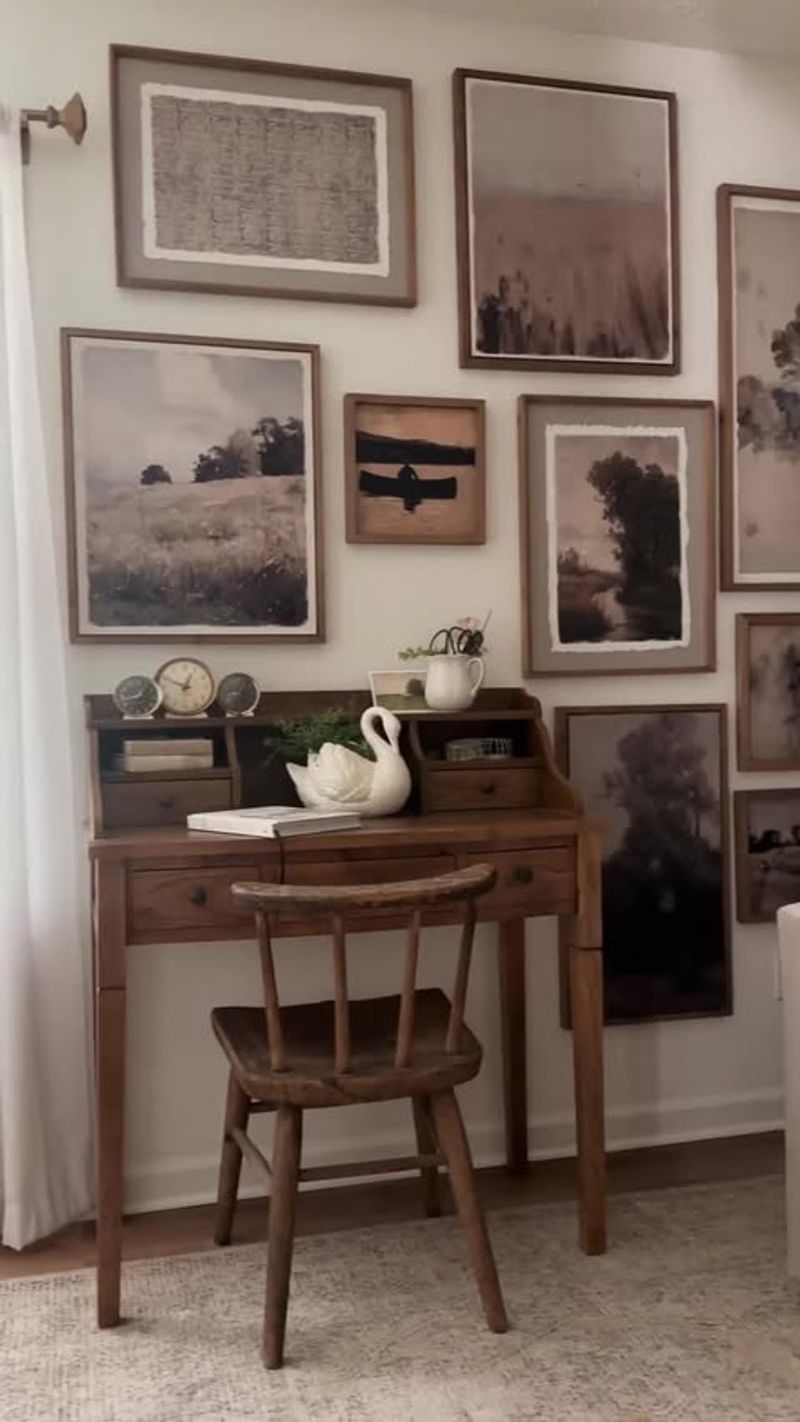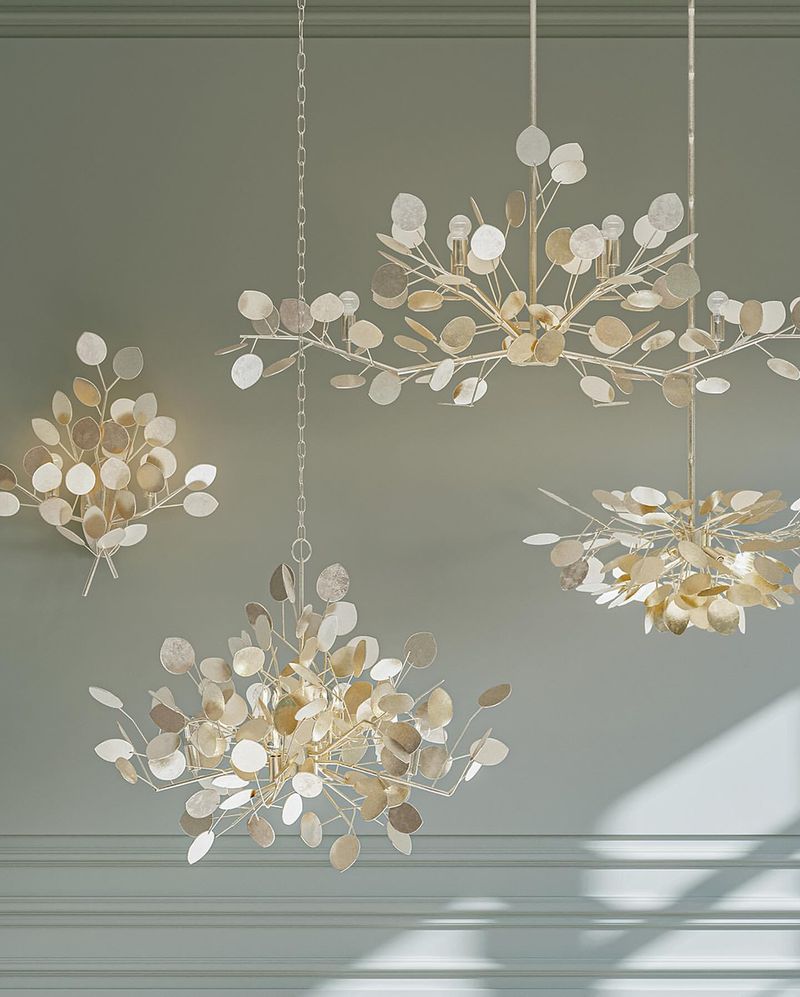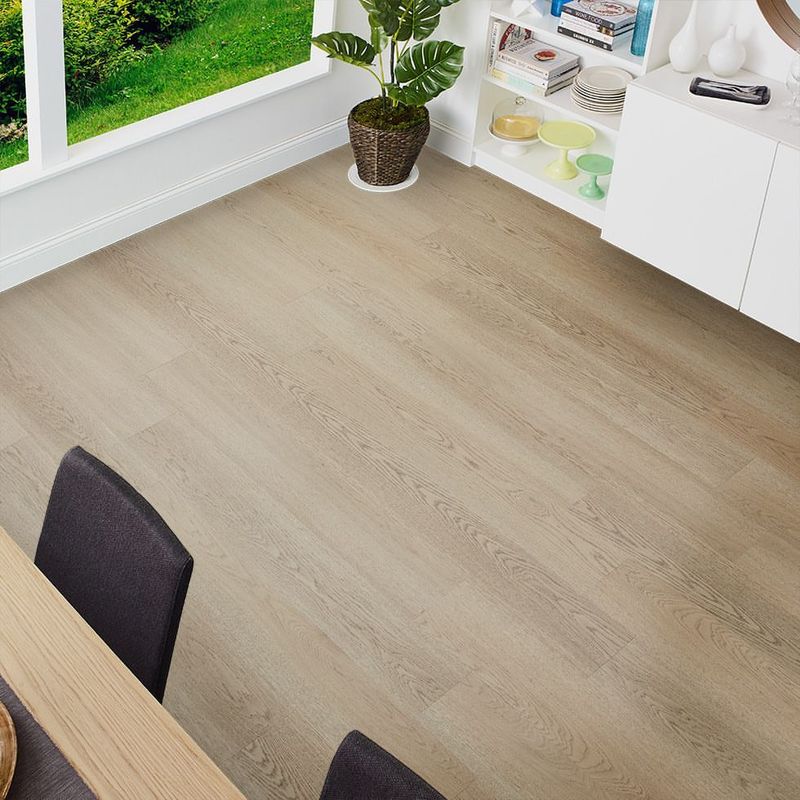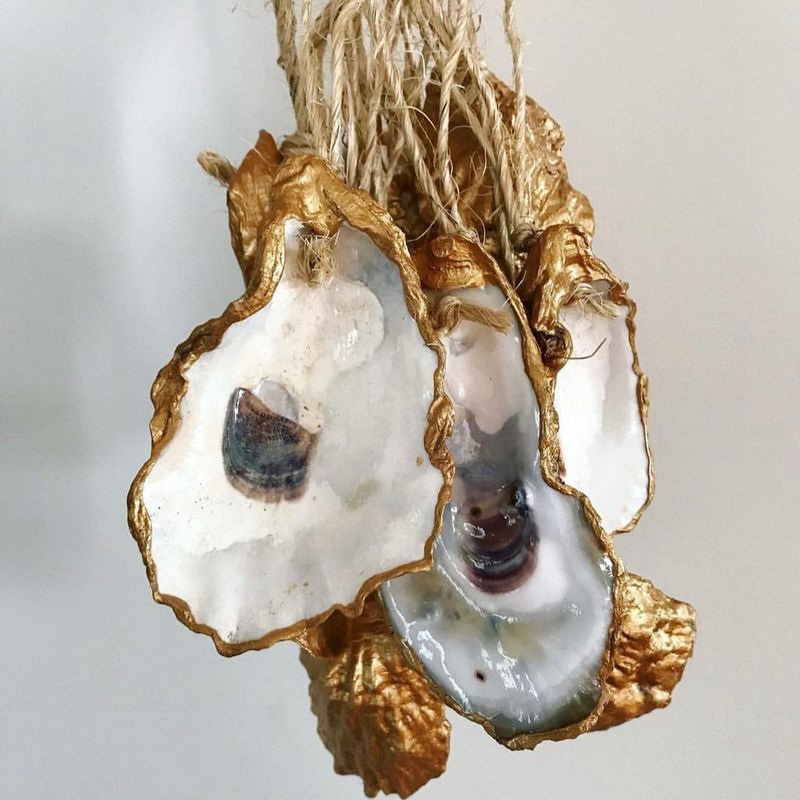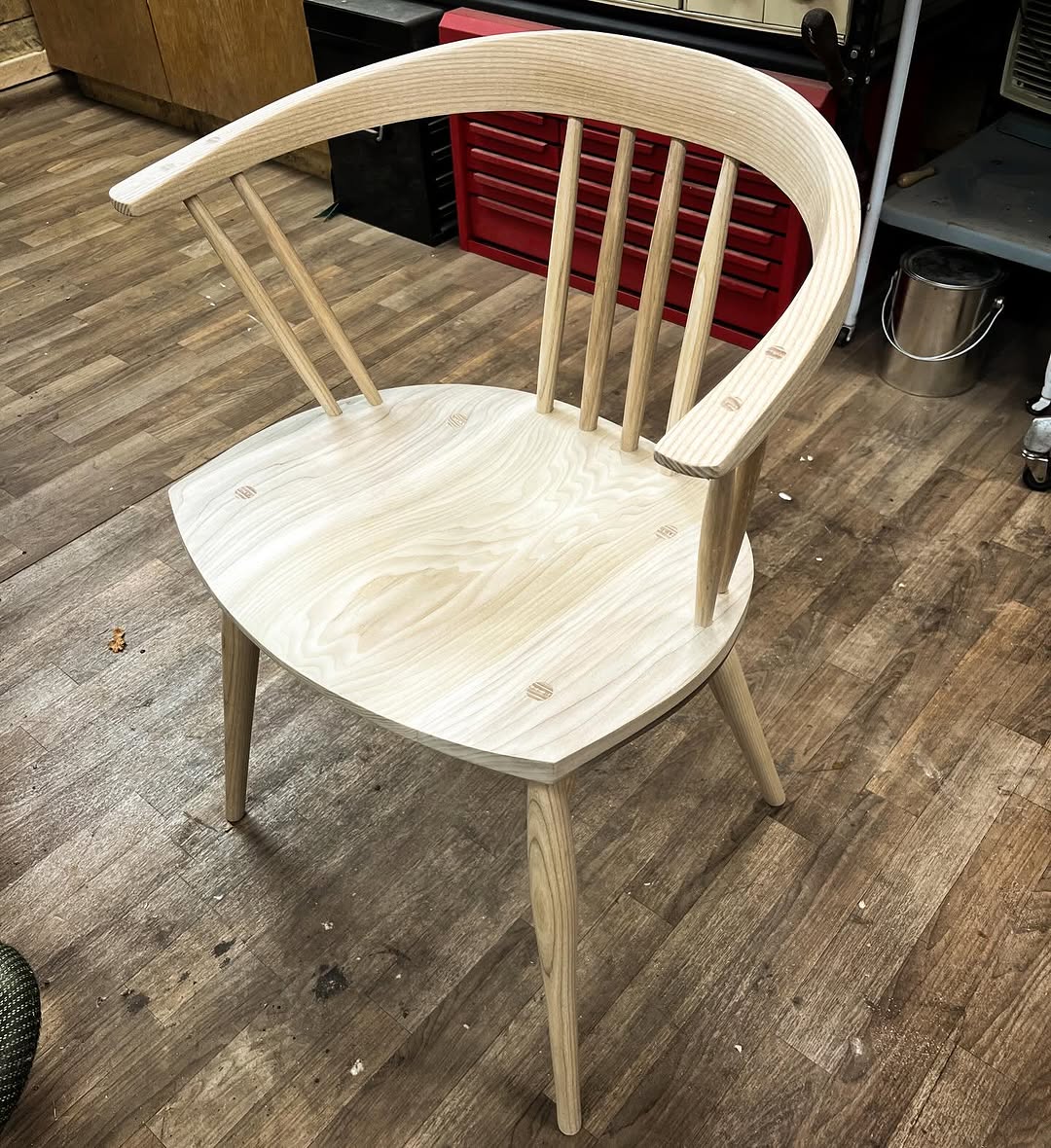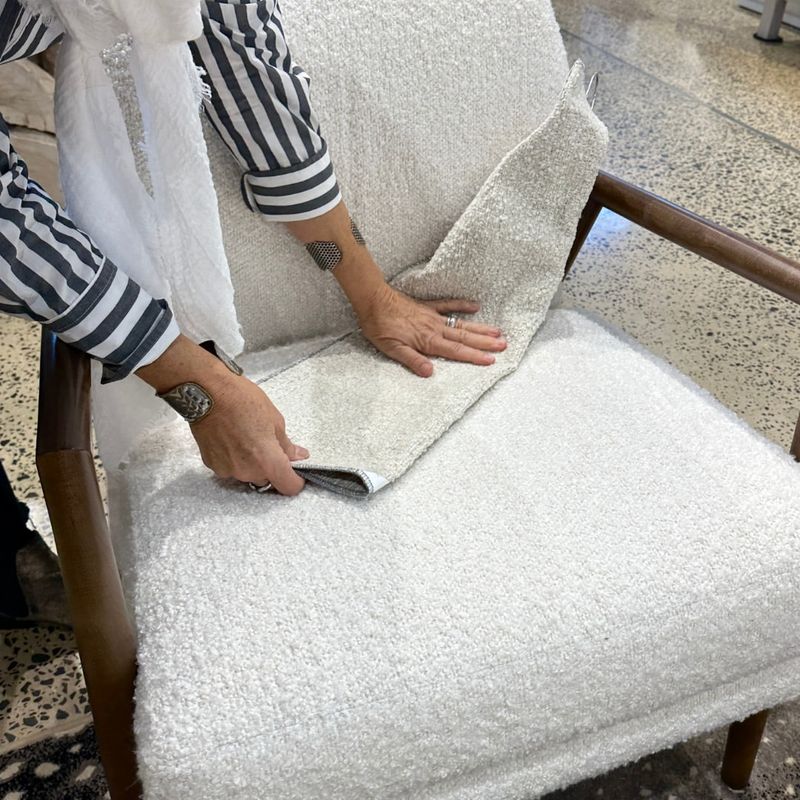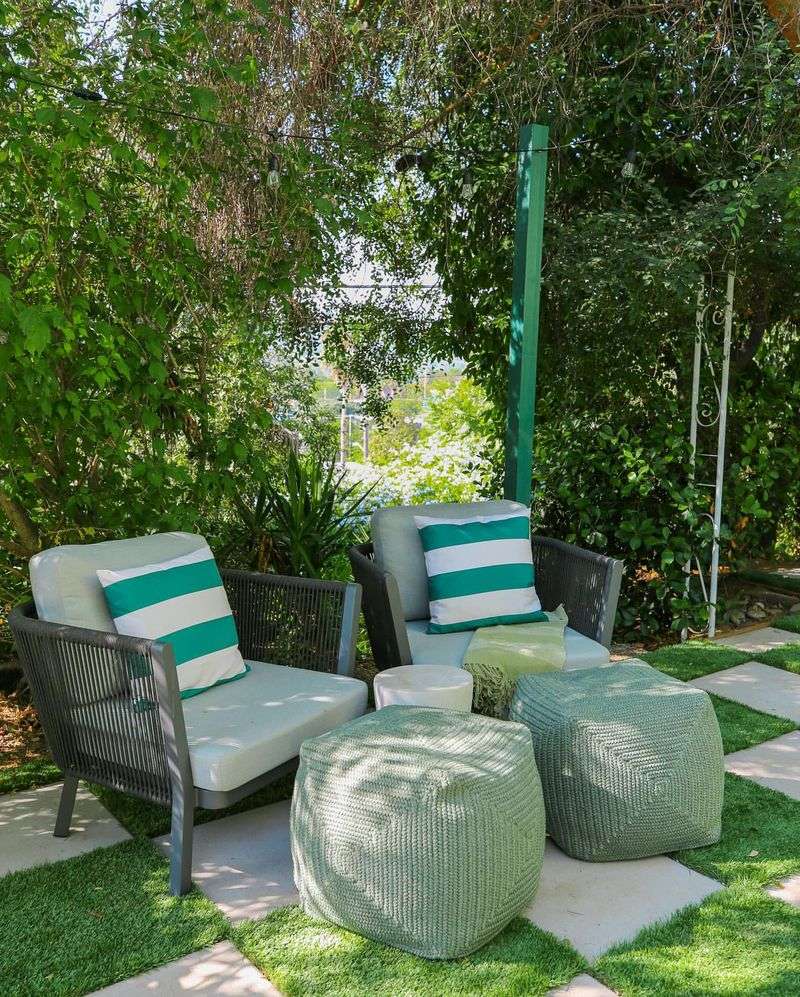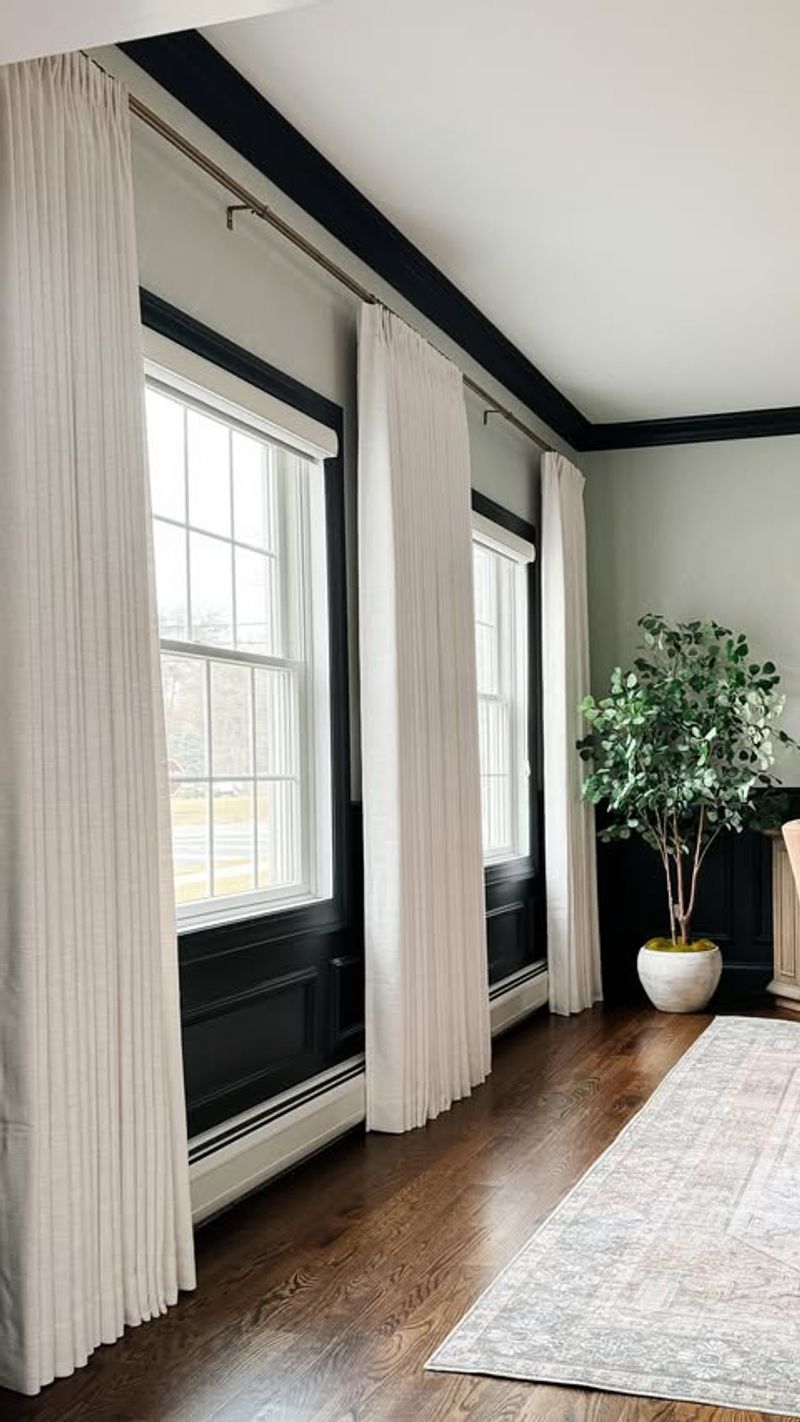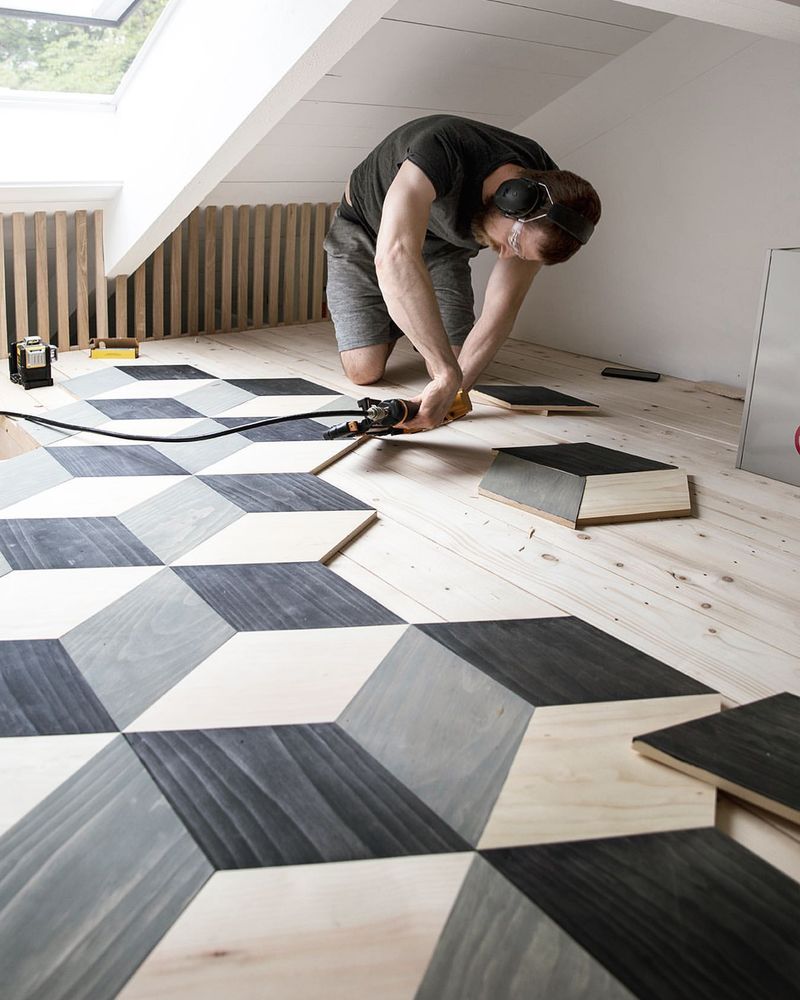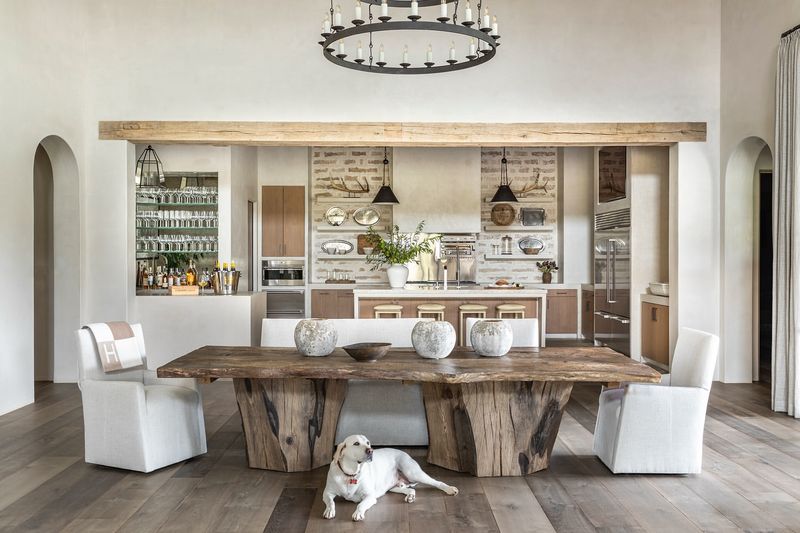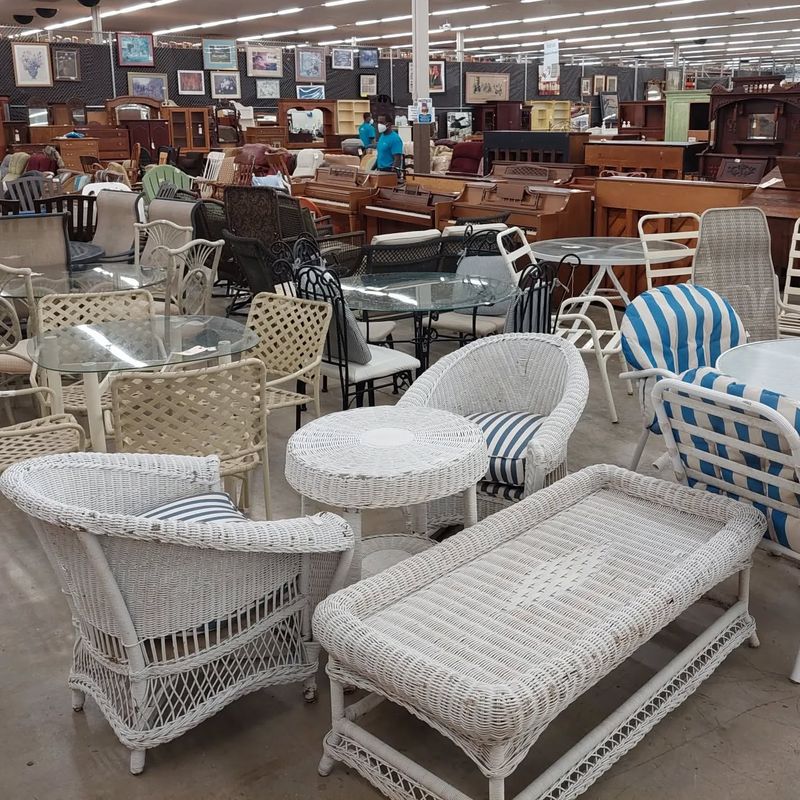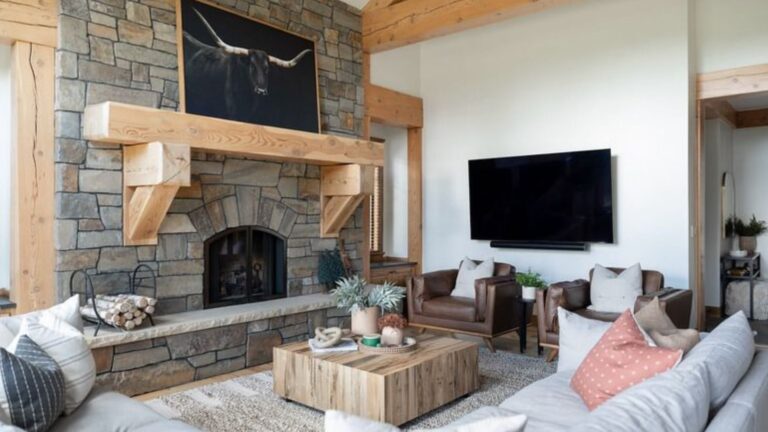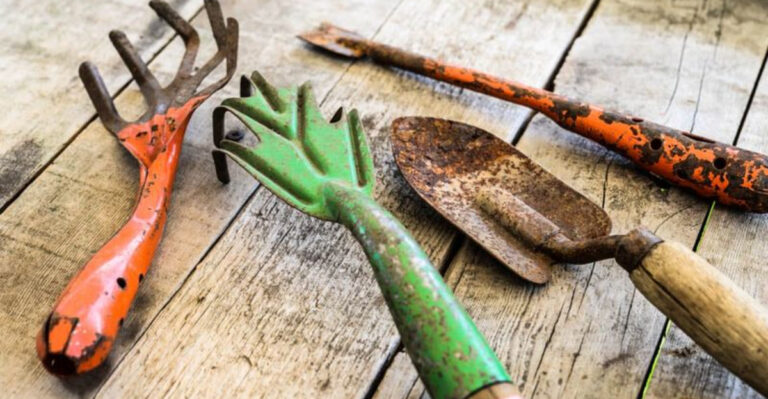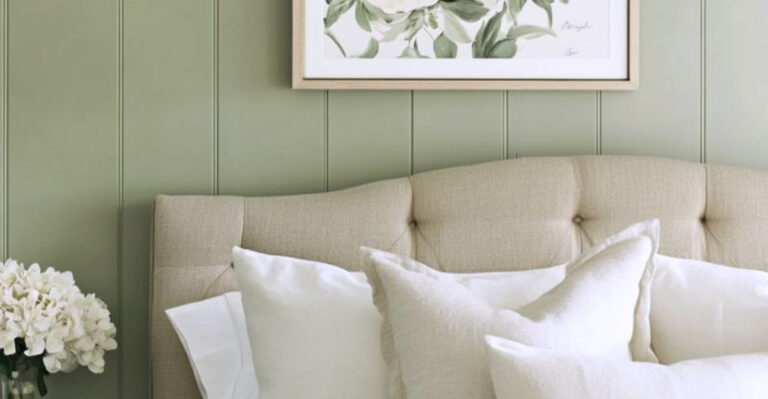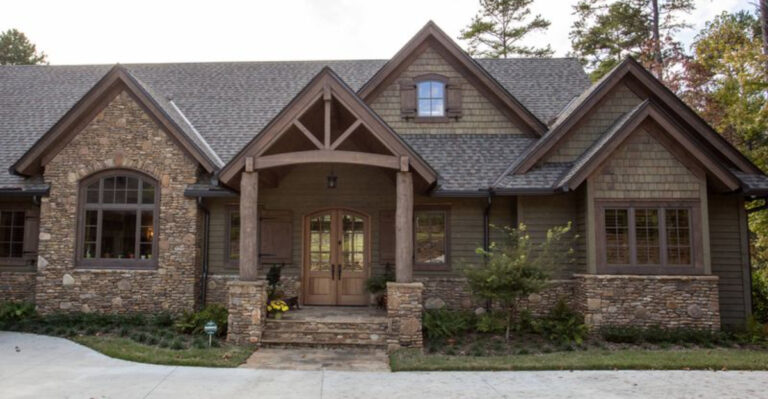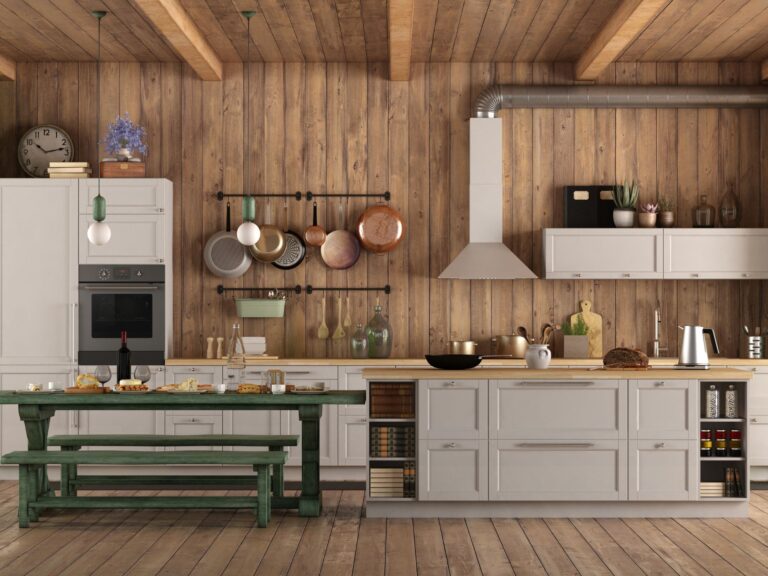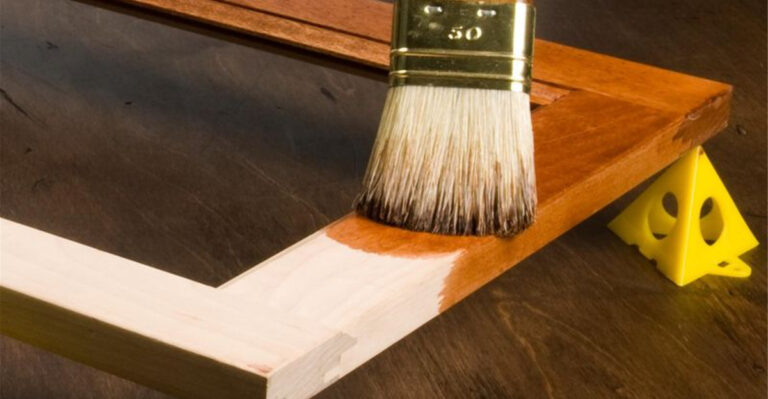20 Things Designers Say Aren’t Worth Spending Money On, And What They Do Instead
As a designer, I’ve learned to navigate the world of aesthetics with both creativity and practicality. Many believe that every design choice requires a hefty budget, but that’s far from the truth.
I want to share with you 35 things that, in my opinion, aren’t worth splurging on, along with alternative approaches that are both cost-effective and stylish. Let’s challenge the notion that quality always comes with a high price tag.
1. Trendy Furniture
Though trendy furniture can be tempting, I find thrifting far more rewarding. Unique pieces with character abound in second-hand stores.
Furthermore, mixing and matching thrifted items allows a personalized touch. This often results in a more eclectic and welcoming space.
Ultimately, you save money while curating a space that truly reflects your personality. Creativity thrives when constraints are present.
2. High-End Fabrics
Where high-end fabrics seem appealing, I suggest looking at local markets instead. Affordable options with interesting patterns are available.
Exploring these markets reveals hidden gems that can elevate any project. Moreover, supporting local vendors is beneficial.
Consequently, your work gains a unique story, blending quality with sustainability. It’s an approach that resonates deeply with conscientious design.
3. Professional Photo Shoots
However enticing professional photo shoots may be, I advocate for DIY photography. Smartphones now offer incredible camera capabilities.
Experimenting with angles and natural lighting yields impressive results. In addition, the process becomes a creative exploration.
This self-sufficient approach not only saves money but also adds a personal touch to your portfolio. Authenticity is often more impactful than perfection.
4. Brand-Name Stationery
Expensive stationery can drain budgets quickly, so why not create your own? Personalized designs using recycled materials are both stylish and eco-friendly.
I find that DIY stationery adds charm and uniqueness to any desk setup. Moreover, it’s a satisfying way to express creativity outside of digital mediums.
Ultimately, saving money while reducing waste aligns with sustainable practices, making this choice both economical and ethical.
5. Costly Office Furniture
Instead of splurging on high-cost office furniture, designers often get creative with DIY solutions. Reclaimed wood and second-hand finds can be transformed into stylish and functional pieces that reflect personal style and environmental awareness.
This approach not only saves money but also allows for customization tailored to specific needs and spaces. Designers enjoy the process of crafting their environment, enhancing both comfort and productivity.
Such thrifty ingenuity ensures that each piece is unique, often becoming a conversation starter that highlights the designer’s resourcefulness.
6. Luxurious Office Space
Where luxurious office space may allure, transforming a corner at home is effective. A vibrant setup with personal art pieces suffices.
It’s amazing how a well-organized, personalized space boosts productivity. Functionality does not require extravagance.
This method not only saves costs but also allows for an environment that evolves with you, reflecting your personal growth and style.
7. Lavish Office Decor
Creating an inspiring workspace doesn’t have to mean spending a fortune on office decor. Designers often choose to source unique pieces from thrift stores or opt for DIY projects. This not only personalizes their space but also keeps costs down significantly.
By focusing on creativity and personalization, designers can craft an environment that inspires without the need for expensive decor. Plants, thrifted furniture, and DIY artwork can transform any space into a designer’s haven.
8. Fancy Technology
If tempted by the latest gadgets, consider their necessity first. Sometimes, simplicity offers the best solutions.
I believe that budget-friendly tech often meets all requirements without the added frills. This minimizes distractions and keeps focus on creativity.
Consequently, investing wisely in technology ensures resources are allocated to areas that truly enhance design work.
9. Designer Home Decor
Designer home decor might be appealing, yet I see more value in DIY projects. Upcycling old items breathes new life into spaces.
Personalized decor carries stories and memories, adding warmth and character. It allows you to experiment with different styles without financial strain.
In essence, home becomes a canvas, reflecting personal growth and creativity over time.
10. DIY Art Galleries
Instead of spending a fortune on professional art pieces, designers love creating DIY art. They use materials like cardboard, paint, or even repurposed wood to craft eye-catching gallery walls. This method not only saves money but also adds a personal touch to their spaces.
Additionally, designers often organize art swap events within their community. This allows them to exchange pieces, keeping their decor fresh and dynamic. This approach transforms walls into storytellers, without the hefty price tag.
Creating a DIY art gallery is a fun, interactive way to reflect personal taste and talent without breaking the bank.
11. Upcycled Lighting Fixtures
When it comes to lighting, extravagant chandeliers and designer lamps can be costly. Instead, designers opt for upcycled lighting fixtures. By using old tea sets, bottles, or metal scraps, they create unique, conversation-starting pieces.
These fixtures not only illuminate a room but also add character and charm. Upcycling encourages sustainability while sparking creativity. It allows designers to turn potential waste into functional art.
As a bonus, each piece tells its own story, adding depth and authenticity to the home’s design. This approach proves that elegance doesn’t have to come with a high price.
12. Eco-Friendly Flooring
High-end flooring can quickly inflate a renovation budget. Designers aiming to cut costs choose eco-friendly flooring materials like bamboo or cork. These alternatives are not only budget-friendly but also sustainable.
Bamboo grows quickly, making it a renewable resource, while cork is harvested without harming trees. These materials offer durability and unique textures, bringing warmth and character to any room.
Choosing eco-friendly flooring supports environmental efforts and adds a rustic, natural vibe to spaces. It’s a smart choice for designers looking to blend style, function, and sustainability without splurging.
13. Salvaged Architectural Pieces
Designers often seek out salvaged architectural pieces to add character to homes. Instead of purchasing new materials, they repurpose elements like old beams, windows, or doors.
These pieces bring historical charm and unique aesthetics to modern spaces. Salvaging not only reduces waste but also provides an opportunity to incorporate stories and nostalgia into design.
By integrating salvaged elements, designers create a bridge between past and present. This blend of old and new results in a rich, layered aesthetic that’s both environmentally friendly and economically savvy.
14. Vintage Furniture Restorations
Buying brand-new furniture can be expensive. Designers often turn to vintage finds, restoring and reupholstering them to fit contemporary styles. This not only saves money but also breathes new life into pre-loved pieces.
Restoration allows for customization, ensuring the furniture meets specific design needs. It also supports sustainability by reducing waste and preserving craftsmanship.
With a fresh fabric or a new coat of paint, vintage furniture becomes a focal point, adding depth and personality to any room. This approach combines style, sustainability, and affordability in one creative package.
15. Custom Slipcovers
Replacing a sofa can be pricey. Instead, designers use custom slipcovers to refresh old furniture. Slipcovers are affordable and allow for easy updates without the need for new pieces.
They also protect the original upholstery, extending the life of treasured items. Designers choose fabrics that complement the room’s theme, creating a seamless look.
This flexibility makes slipcovers a favorite among designers aiming for budget-friendly makeovers. They provide an inexpensive way to experiment with styles, all while maintaining practicality and elegance.
16. Repurposed Outdoor Furniture
Outdoor furniture can be costly, but designers find ways to repurpose materials like pallets or crates. These are transformed into stylish seating arrangements, tables, or planters.
Adding cushions or a coat of paint brings rustic charm and comfort to outdoor spaces. This approach not only saves money but also emphasizes sustainability.
Repurposing outdoor furniture allows designers to innovate while reducing waste. It’s a creative solution that enhances the beauty and functionality of gardens or patios without hefty expenses.
17. Handmade Curtains
Custom curtains can be expensive, so designers often make their own. By selecting fabrics that match their vision, they create bespoke window treatments.
This option allows for complete control over texture, color, and pattern. Handmade curtains add a personal touch to interiors, enhancing both privacy and aesthetics.
By crafting their own, designers save money and achieve a tailored look. This DIY method highlights creativity and adaptability, making it a popular choice for cost-conscious individuals seeking style and uniqueness.
18. Painted Floors and Walls
Instead of investing in expensive flooring or wallpaper, designers often turn to paint. Painted floors and walls provide a budget-friendly way to add vibrancy and personality to spaces.
With a few cans of paint, they can transform plain surfaces into works of art. This method encourages creativity and offers endless possibilities for customization.
Designers experiment with patterns and colors, creating unique aesthetics that reflect individual tastes. Painted surfaces are an economical and versatile option for those looking to make a bold statement without significant financial investment.
19. Reclaimed Wood Accents
Reclaimed wood provides a cost-efficient alternative to buying new materials. Designers use it to create stunning accent walls, furniture, or decorative pieces.
This choice adds texture and warmth, bringing natural elements indoors. Reclaimed wood is not only eco-friendly but also rich in character, offering a unique look.
By opting for reclaimed wood, designers support sustainability while crafting inviting and stylish interiors. It’s a perfect blend of economy, environmental consciousness, and aesthetic appeal, making it a favored choice among designers.
20. Thrift Store Finds
Thrift stores are treasure troves for designers on a budget. They offer unique items that add charm and individuality to spaces without the high cost of new decor.
From vintage typewriters to quirky chairs, thrift store finds enable creativity and experimentation. Each piece carries history and character, enhancing the narrative of a room.
Designers love the hunt, finding joy in giving second-hand items a new home. This approach not only saves money but also supports sustainable practices, making it a win-win for style and conscience.
